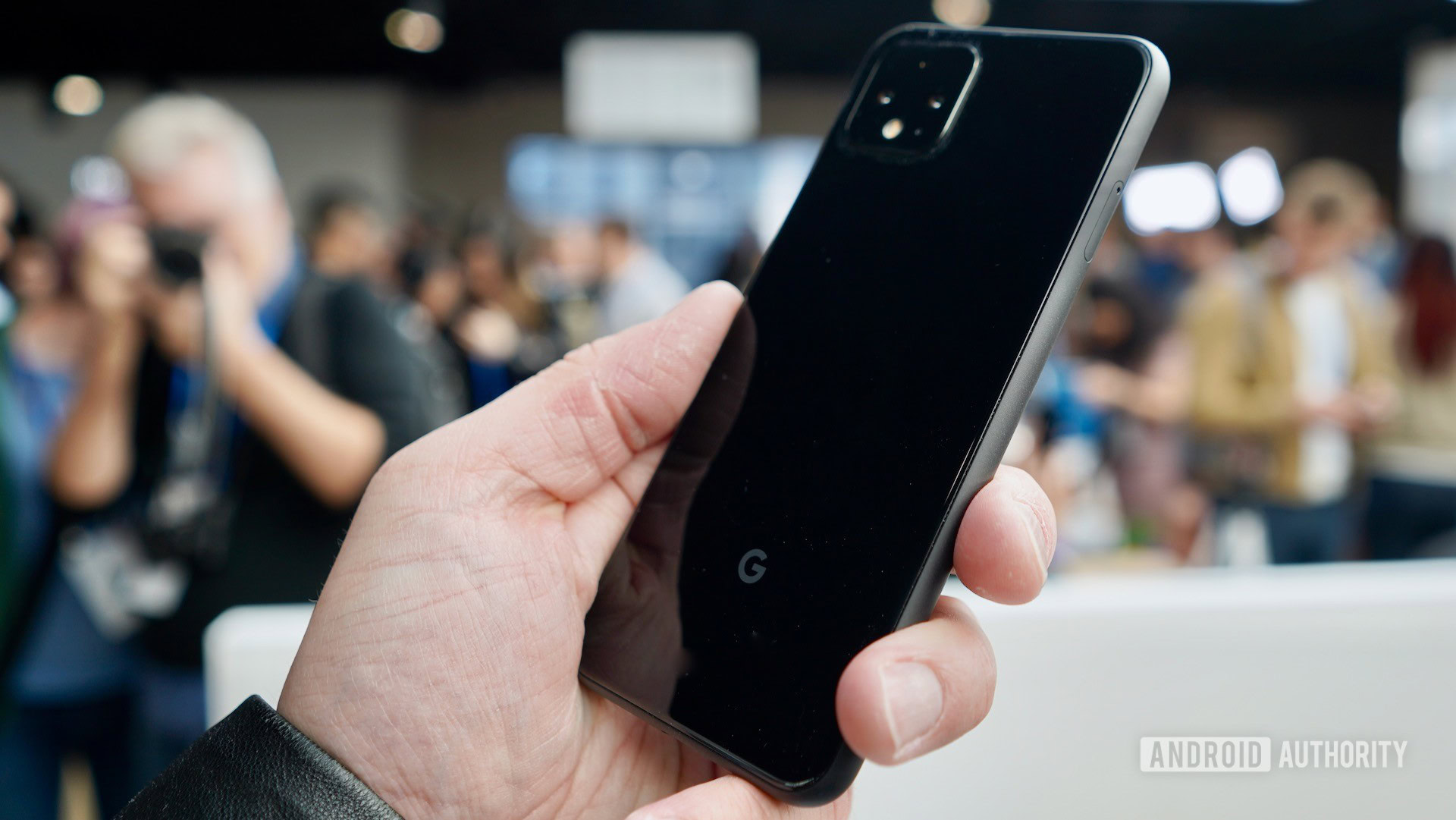Affiliate links on Android Authority may earn us a commission. Learn more.
Google Pixel 4 supports dual-SIM dual-standby (Update: Enhanced on Google Fi)

Update, October 22, 2019 (12:00 PM ET): Today, Google officially revealed that the Google Pixel 4 supports dual-SIM dual-standby (DSDS), which we had already confirmed in the article below. However, Google also revealed that its own wireless MVNO service, Google Fi, will make use of DSDS to enhance network connectivity on the Pixel 4.
Google Fi allows specific phones to jump from different wireless networks (primarily Sprint and T-Mobile) depending on how strong signal is for each. However, with DSDS, a phone could connect to both networks at the same time which allows for even smoother transitions.
The Google Pixel 4 will be the first Fi-supported phone to make use of this new feature, but it will eventually be available on other devices as well. If you have a Pixel 4 on Google Fi, DSDS service won’t work out of the box but it will in a few weeks.
Original article, October 16, 2019 (12:19 PM ET): Dual-SIM dual-standby (or DSDS for short) is when one smartphone has provisions for two different phone lines running simultaneously. The Android 10 update for the Google Pixel 3a switched on this feature, and we can now confirm that the Google Pixel 4 has this feature, too.
Using DSDS, you can connect two SIM cards to one Pixel 4 — one physical SIM card and one eSIM card. A physical SIM card is easy to get from every wireless carrier in the United States, but eSIM cards are a bit rare here. However, if you have the need for dual-SIM dual-standby on your Google Pixel 4, it will support it.
Check out the screenshots below for proof:
In case you are curious, the “X” over the network icon in the first screenshot above (next to Google Fi) is not because that card isn’t working. Instead, that means that the other SIM card — in this case, a Telefonica SIM — is the primary card. At the moment this screenshot was captured, the device was connected to Wi-Fi so no Google Fi mobile data is needed.
In the middle screenshot, you can see that the Google Fi eSIM is the default for mobile data, so if the user turned off Wi-Fi on the device, mobile data would connect through Fi and not Telefonica.
Related: Google Pixel 4 and Pixel 4 XL specs: Flagship features, but no powerhouse
Both the physical SIM card and eSIM card are connected to the device though, which means phone calls and texts can be sent and received for both cards at once.
If you’re a frequent traveler, the Google Pixel 4 supporting dual-SIM dual-standby will be a real perk. However, you’ll still need to deal with that small battery and low amount of internal storage.